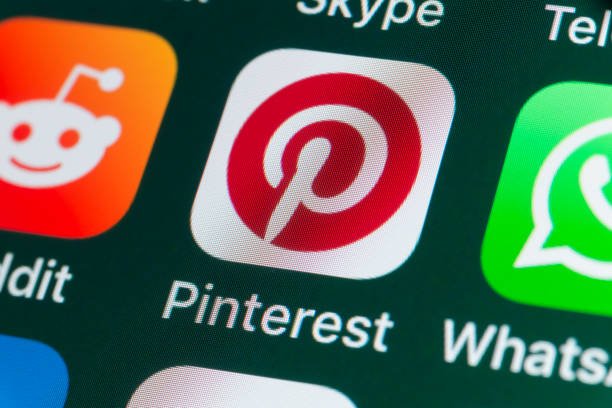How Bloggers Can Write Click-Worthy Headlines for Social Media and Search
As a blogger, crafting the perfect headline is just as important as writing high-quality content. Your headline determines whether people click through to read your post or scroll past it. However, one mistake many bloggers make is using the same title for both search engines and social media.
The way people discover content differs across platforms. On Google, users actively search for information, while on social media, they stumble upon posts while scrolling. This fundamental difference means that a headline optimized for search won’t necessarily perform well on social media.
In this guide, we’ll dive deep into the key differences and show you step-by-step how to craft compelling headlines tailored for both platforms.
Why Bloggers Need Different Headlines for Search and Social Media
1. Search Engine Headlines Are Intent-Driven
When someone searches on Google, they have a clear intent—they want to find specific information or a solution to a problem. That’s why your search-optimized headlines should:
✅ Include relevant keywords ✅ Be clear and descriptive ✅ Directly answer the search query
Example: “10 Best Email Marketing Strategies for Bloggers”
This title is straightforward, keyword-rich, and appeals to someone looking for a detailed guide.
2. Social Media Headlines Are Discovery-Driven

Unlike search engines, people on social media aren’t actively looking for answers. Instead, they’re scrolling for entertainment, inspiration, or quick insights. Your social media headline needs to be engaging and attention-grabbing.
✅ Use curiosity or storytelling elements ✅ Evoke emotion or excitement ✅ Create a sense of urgency
Example: “This Simple Email Trick Helped Me Grow My Blog by 300%!”
This title sparks curiosity, making users more likely to stop scrolling and click.
Step-by-Step Guide to Crafting the Right Headline for Each Platform
Step 1: Identify Your Goal
- For search engines: Focus on clarity, SEO keywords, and problem-solving.
- For social media: Focus on intrigue, engagement, and emotional impact.
Step 2: Use the Right Structure
- Search headlines: Use numbers, keywords, and clear phrasing.
- Social media headlines: Use curiosity gaps, emotions, or bold claims.
Step 3: Optimize for the Platform
- Facebook & LinkedIn: Longer, informative, and engaging headlines work well.
- Twitter/X: Short, punchy, and curiosity-driven headlines perform best.
- Instagram & TikTok: Emotion-driven with a strong hook.
- Pinterest: Keyword-rich yet visually appealing titles are best.
Step 4: A/B Test and Analyze Performance
Don’t just guess what works—test different headlines and track their performance. Use analytics tools to see which ones get the most engagement and refine your strategy.
Examples of Search vs. Social Media Headlines
| Search Engine Headline | Social Media Headline |
|---|---|
| “Best Blogging Tools to Grow Your Audience” | “These Blogging Tools Took My Traffic from 1K to 50K!” |
| “How to Write SEO-Friendly Blog Posts” | “The Secret to Writing Blog Posts That Rank #1!” |
| “10 Time Management Tips for Bloggers” | “How I Save 10+ Hours a Week With These Simple Hacks!” |
Final Thoughts
If you’re serious about growing your blog, it’s time to stop using the same headline everywhere. A well-optimized search title will help you rank on Google, while an engaging social media headline will boost your shares and clicks.
Your Next Step: Pick one of your recent blog posts and create separate headlines for search and social using the strategies in this guide. Then, test them out and see the difference in engagement!
Are you ready to start crafting better headlines? Let me know in the comments which strategies you’ll try first!



![How to Increase Brand Awareness Successfully [Strategy]](https://brandingforsmes.com/wp-content/uploads/2020/08/How-to-Increase-Brand-Awareness-Successfully-Strategy-768x576.png)



